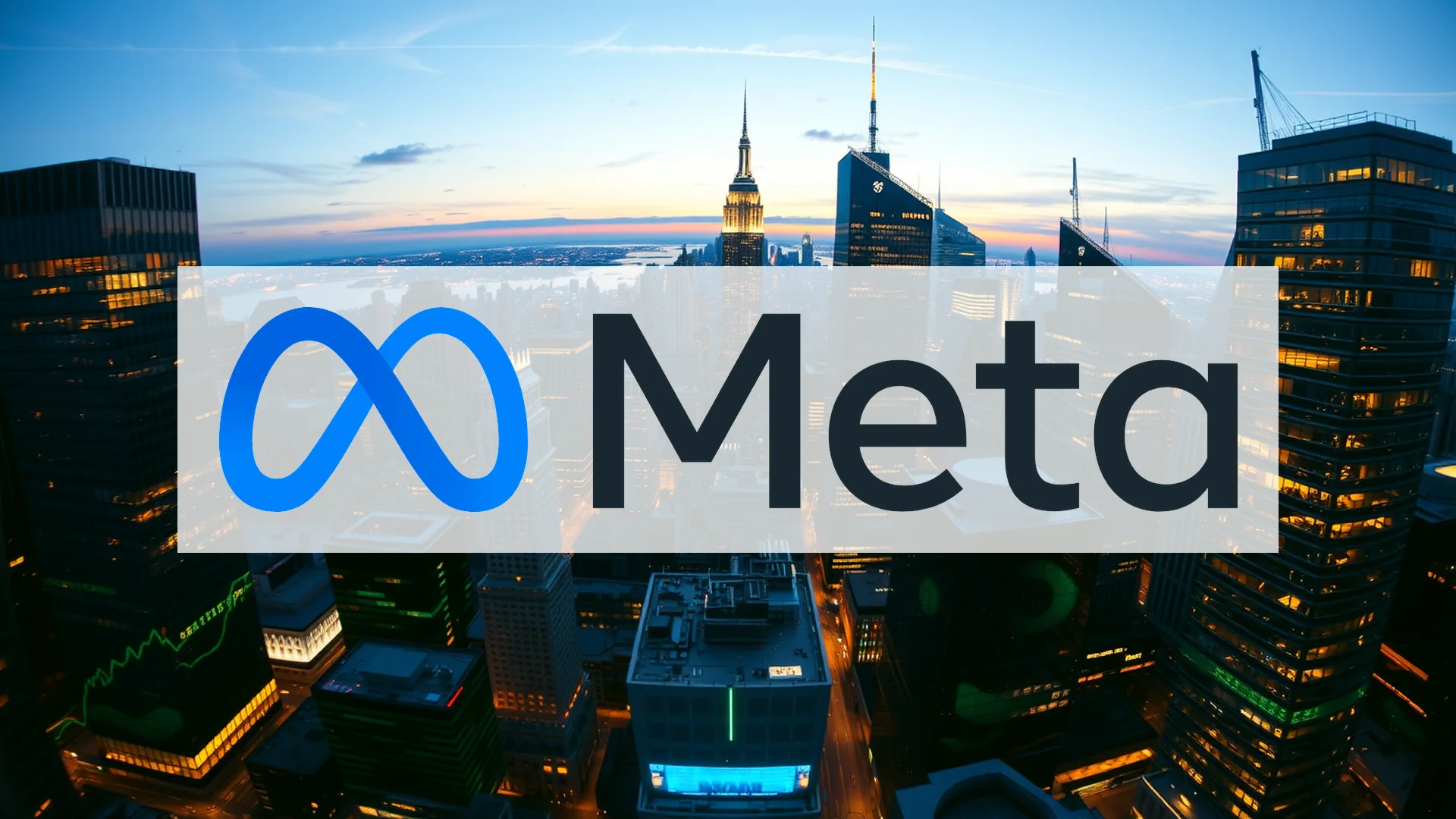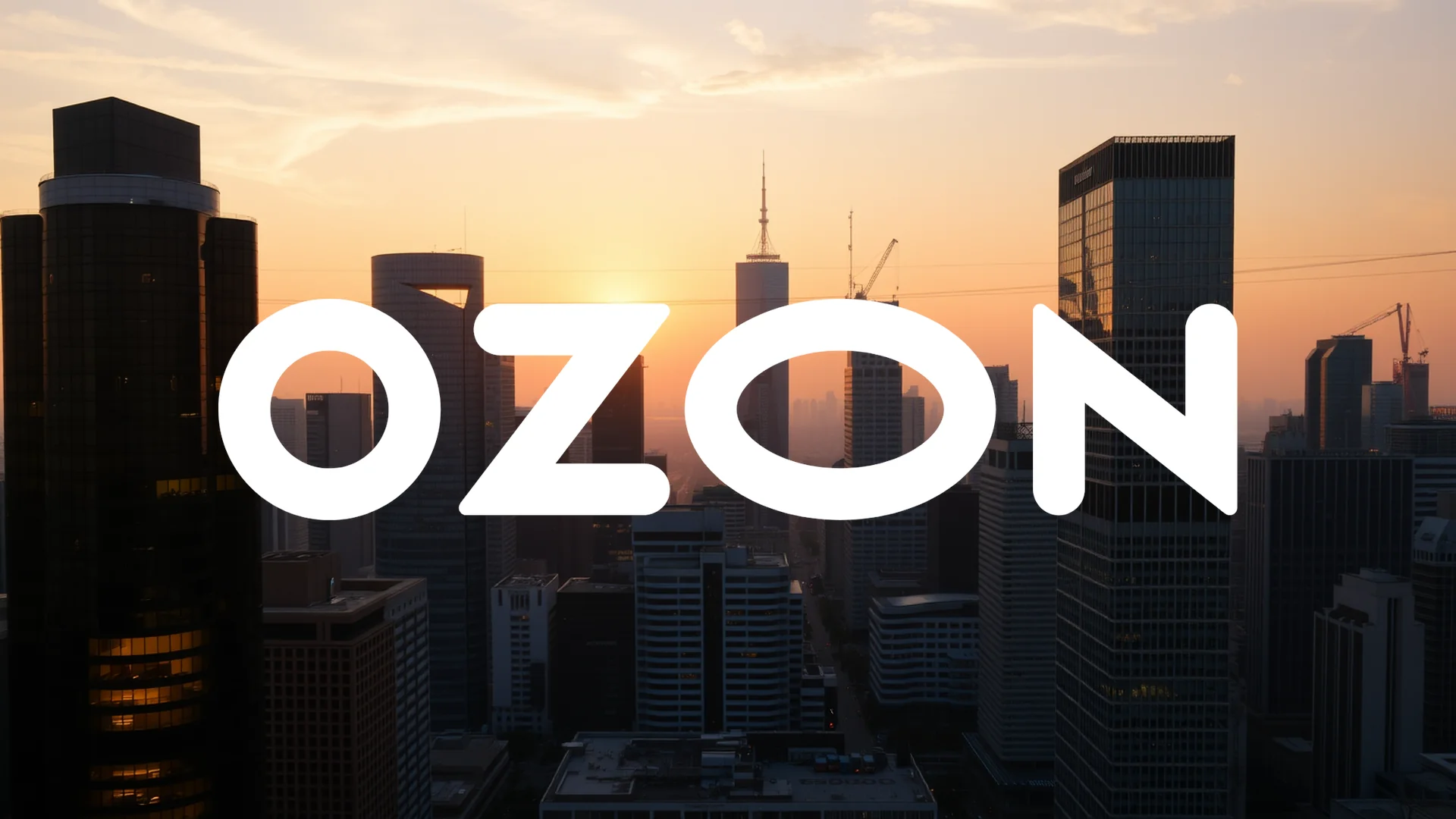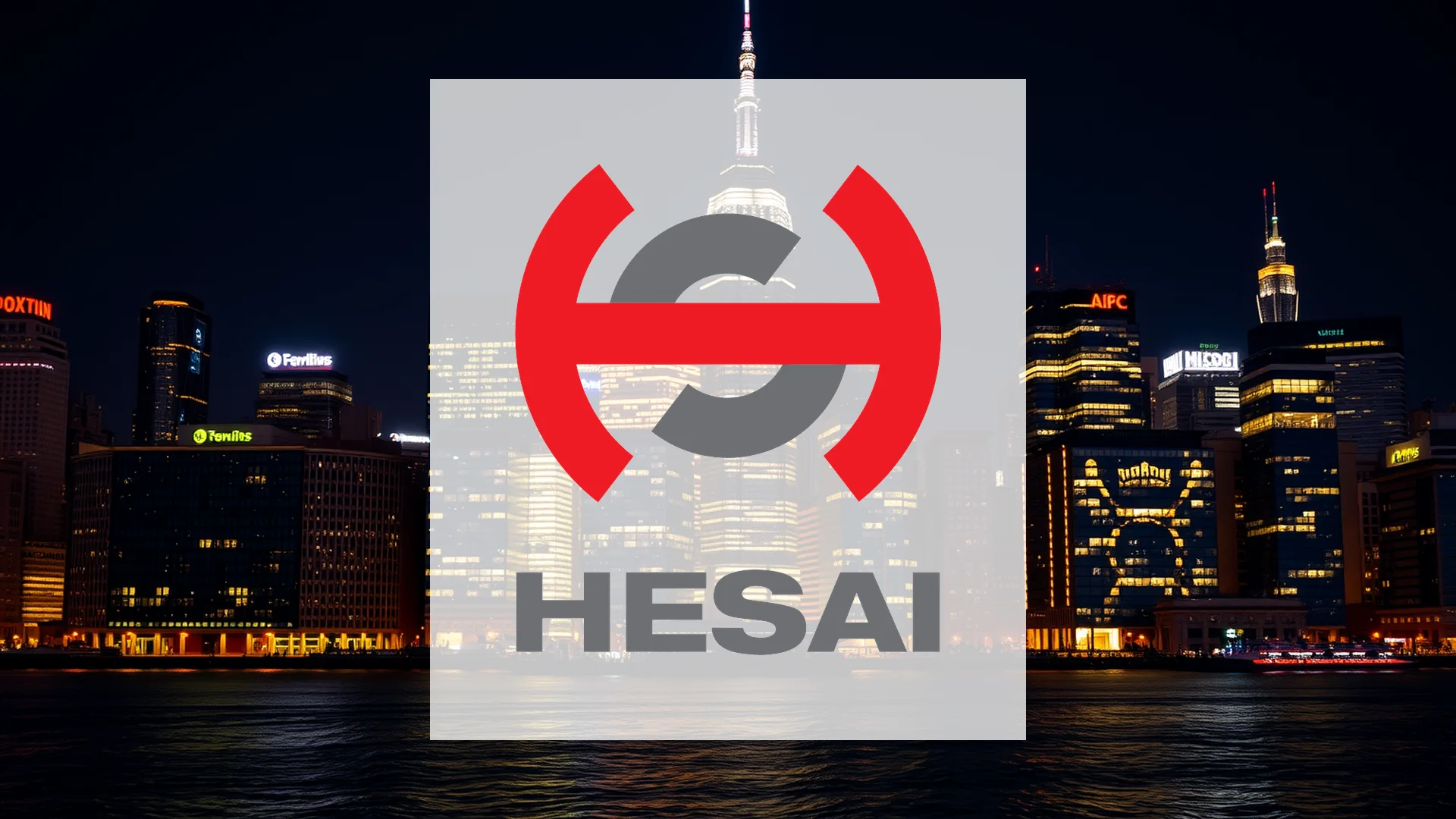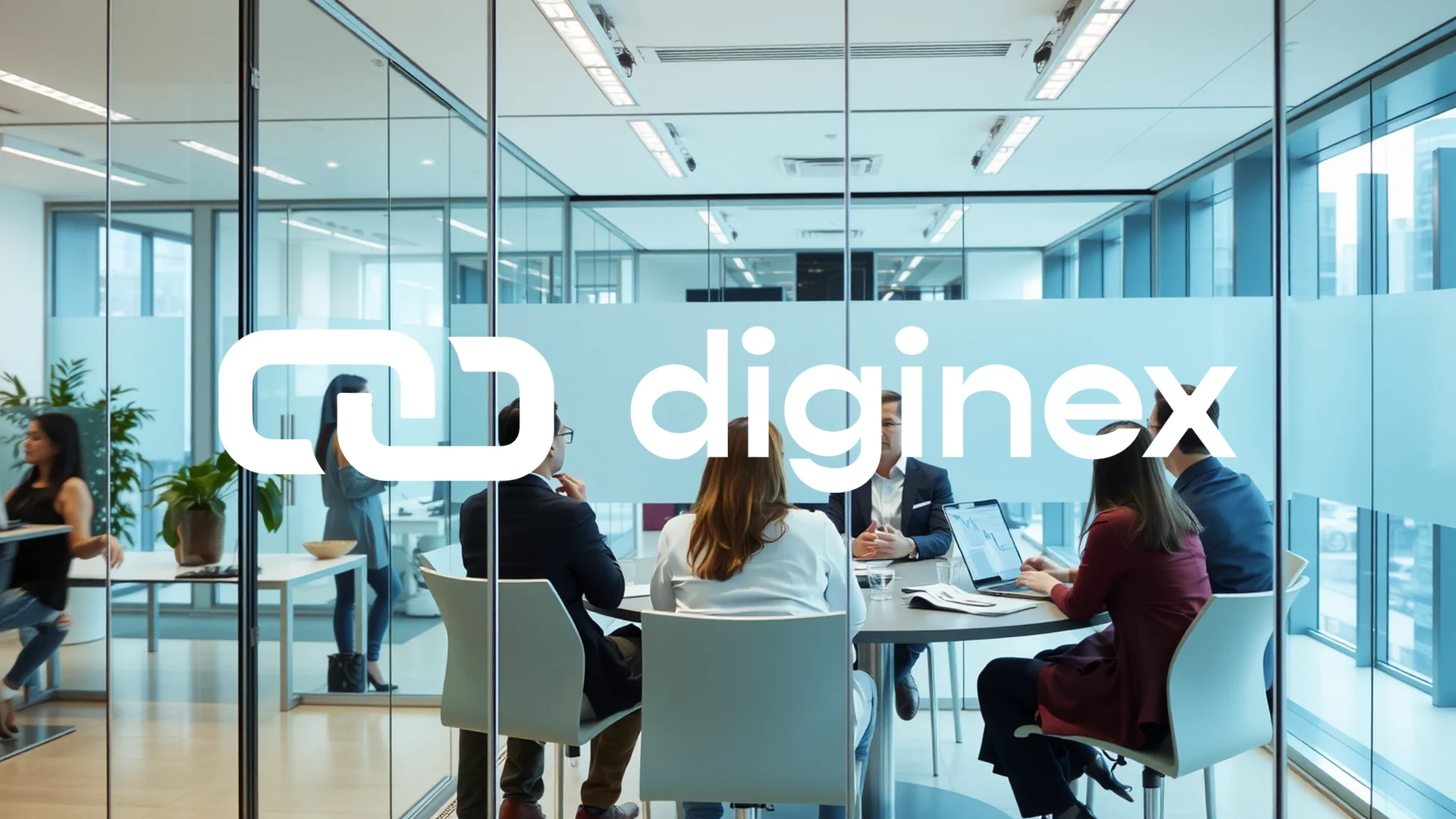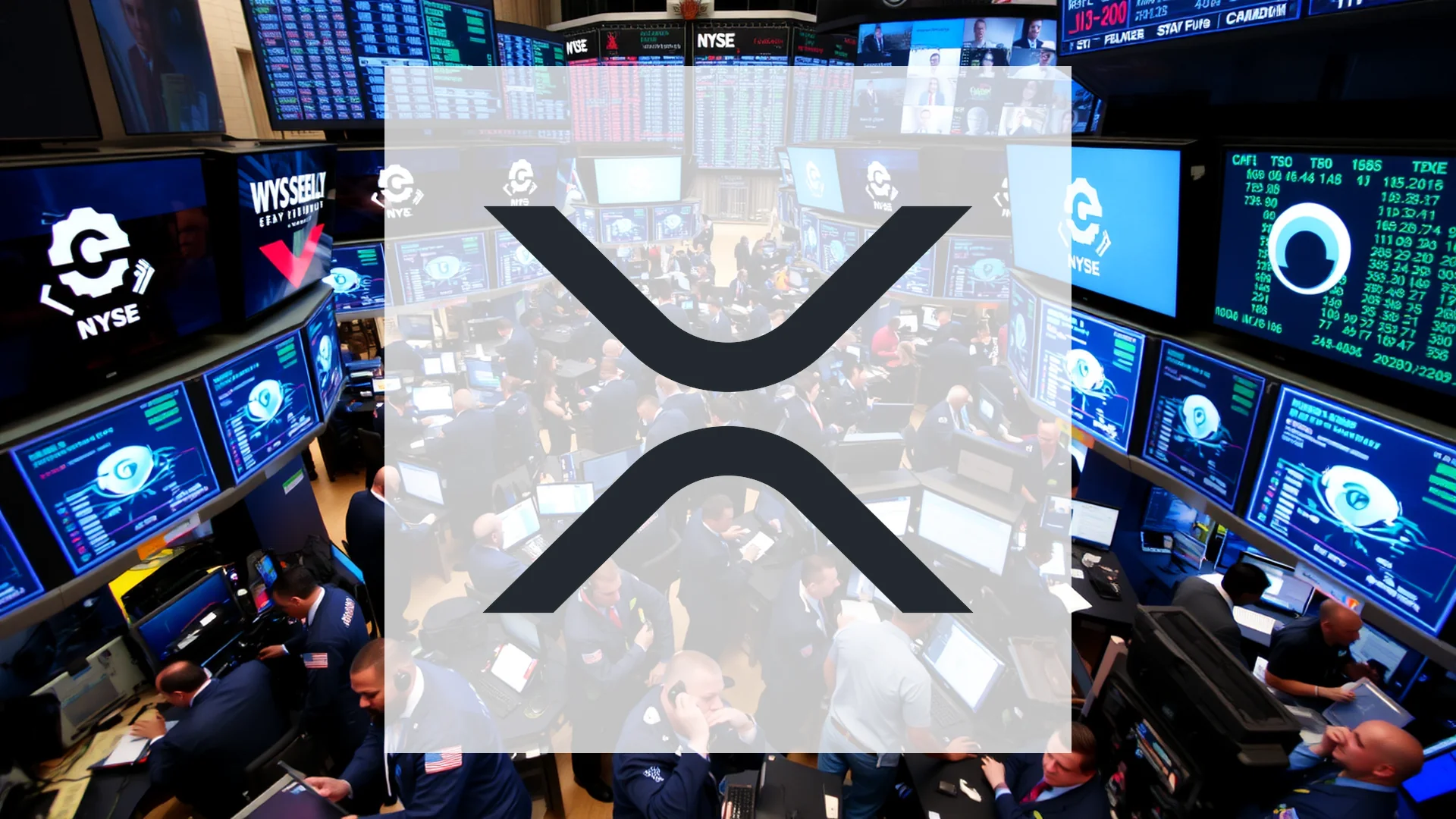In the competitive arena of social media, two distinct competitors present contrasting investment theses. On one side stands Meta Platforms, a behemoth wielding immense market power. On the other is Snap Inc., a nimble contender carving out a space through technological innovation and a strong connection with younger users. The central question for investors is whether long-term success lies with established dominance or with targeted, forward-looking specialization.
A Tale of Two Market Caps
The disparity in market valuation between these two companies is profound. Meta Platforms commands a towering market capitalization of approximately $1.84 trillion, cementing its position at the apex of the social media landscape. In stark contrast, Snap’s valuation is a more modest $14 billion. This chasm illustrates their respective market positions: Meta as the undisputed titan and Snap as an ambitious player in a specific niche.
Meta’s strength is rooted in its unparalleled user base. Its “family of apps”—Facebook, Instagram, WhatsApp, and Messenger—attracts billions of daily active users. This makes the platform an almost indispensable channel for advertisers globally. Snap has successfully captured a powerful niche, boasting 460 million daily users and reaching an estimated 90% of the 13- to 24-year-old population across more than 20 countries. This deep penetration with the next generation of consumers represents Snap’s most valuable asset.
The Pillars of Meta’s Empire
Meta’s dominance is built upon three core foundations: massive scale, robust profitability, and powerful network effects. The company’s vast user base constitutes a significant competitive moat. This scale not only attracts a diverse range of advertising clients but also fuels the data engine behind Meta’s precision-targeted advertising system—the primary driver of its revenue growth.
Financially, Meta operates like a well-oiled machine. The company reported annual revenue of $164.5 billion, achieving a staggering net profit of $62.36 billion. Recent quarterly results continued this trend, with revenue climbing 21.6% to $47.52 billion and an operating margin standing at an impressive 43%. This financial muscle enables Meta to make substantial investments in emerging technologies like artificial intelligence and the metaverse, all while rewarding shareholders. A price-to-earnings ratio of approximately 26.9 reflects this financial strength.
The network effect acts as the glue holding this empire together: as more users populate the platforms, they become increasingly valuable for all other participants and advertisers. This creates a self-reinforcing cycle that is exceptionally difficult for competitors to disrupt.
Snap’s Strategic Play: Youth and Augmented Reality
Snap does not attempt to compete with Meta on scale. Instead, the company’s strategy leverages innovation, demographic focus, and agility. Its primary advantage is its deep integration with Gen Z and younger millennials. This highly engaged and influential demographic makes Snapchat an attractive platform for brands seeking to connect with this coveted age group.
Innovation, particularly in augmented reality (AR), serves as Snap’s key differentiator. Over 300 million users engage with AR features every day, demonstrating the company’s leadership in this emerging field. A focus on creating entertaining and interactive experiences has cultivated a loyal user community.
However, this innovative drive has not yet translated into profitability. Snap recorded an annual loss of $697.86 million on revenue of $5.3 billion. The most recent loss per share was $0.16. These figures indicate that Snap is currently in a capital-intensive growth phase, where user expansion and technological development take precedence over short-term earnings.
Key Metrics for Investors
| Valuation Metrics | Meta | Snap |
|---|---|---|
| P/E Ratio (TTM) | 26.93 | – |
| Market Capitalization | $1.87 Trillion | $14.19 Billion |
| EV/Sales (TTM) | ~10.3 | ~2.6 |
| Beta | 1.42 | 0.70 |
| Earnings Per Share (TTM) | $28.31 | -$0.33 |
| Performance Metrics (Year-to-Date) | Meta | Snap |
|---|---|---|
| Since Year Start | +28.12% | -29.55% |
| 1 Year | +29.36% | -28.31% |
| 1 Month | -0.25% | +17.98% |
| 1 Week | -4.92% | -6.46% |
| Quality Metrics (Last Quarter/TTM) | Meta | Snap |
|---|---|---|
| Net Profit Margin | 39.99% | -9.69% |
| Annual Revenue | $164.50 Billion | $5.36 Billion |
| Annual Net Income | $62.36 Billion | -$697.86 Million |
| Debt-to-Equity Ratio | 0.15 | 1.73 |
Critical Turning Points: Margins and Market Share
When evaluating these competitors, two key indicators demand attention: shifts in market share and the trajectory of profit margins. While Meta’s overall user growth is maturing, the company aggressively promotes features like Instagram Reels to capture younger audiences and fend off rivals. Snap’s continued dominance among users aged 13 to 24 represents a critical battleground—any significant erosion of this user base would signal trouble.
The margin differential is striking. Meta shines with a robust net profit margin of 39.99%, indicating operational efficiency and pricing power in the advertising market. Conversely, Snap operates with a negative net margin of 9.69%, reflecting its current investment-heavy strategy. A consistent trend toward improved margins would mark a crucial turning point for Snap, demonstrating a clear path to profitability and the long-term viability of its business model. For Meta, any pronounced margin compression would serve as a warning sign of increasing competitive pressure.
Future Trajectories: Evolution or Revolution
Looking ahead, several scenarios could unfold. The most probable outcome is a continuation of the status quo: Meta maintains its dominant position, using its scale and profitability to gradually incorporate competitive features, while Snap continues to lead in AR innovation and defend its youth stronghold. In this scenario, Meta’s shares would likely track the broader technology market, whereas Snap’s valuation would remain highly sensitive to user growth and progress toward profitability.
A more disruptive scenario would see Snap successfully monetizing its AR leadership through new hardware or e-commerce integrations, potentially accelerating revenue growth and shifting investor sentiment. Alternatively, a defensive scenario for Meta could involve heightened regulatory pressure or significant user migration away from its core platforms—challenging its growth narrative.
Meta’s higher beta of 1.42 compared to Snap’s 0.70 suggests its shares exhibit greater volatility relative to the overall market. This might make Meta more appealing to risk-tolerant investors, while Snap, despite its challenges, could represent a more defensive bet on innovation. The fundamental question remains: will sheer market power prevail, or can targeted innovation disrupt the established giant?
Ad
Meta Stock: Buy or Sell?! New Meta Analysis from November 15 delivers the answer:
The latest Meta figures speak for themselves: Urgent action needed for Meta investors. Is it worth buying or should you sell? Find out what to do now in the current free analysis from November 15.
Meta: Buy or sell? Read more here...

